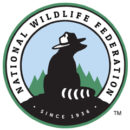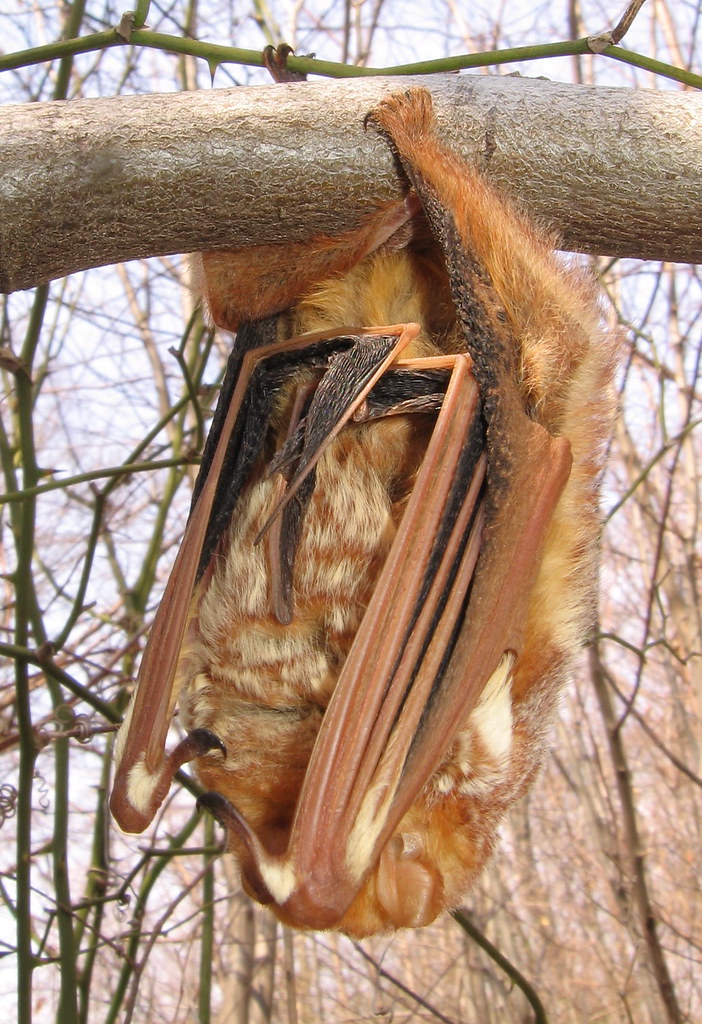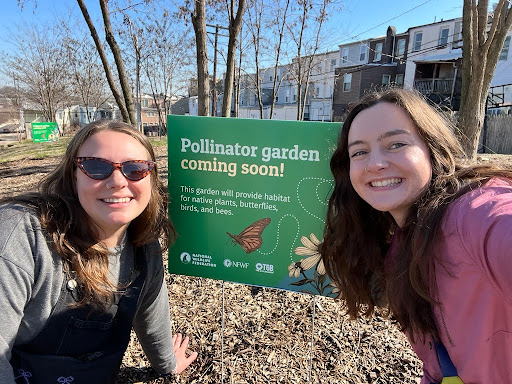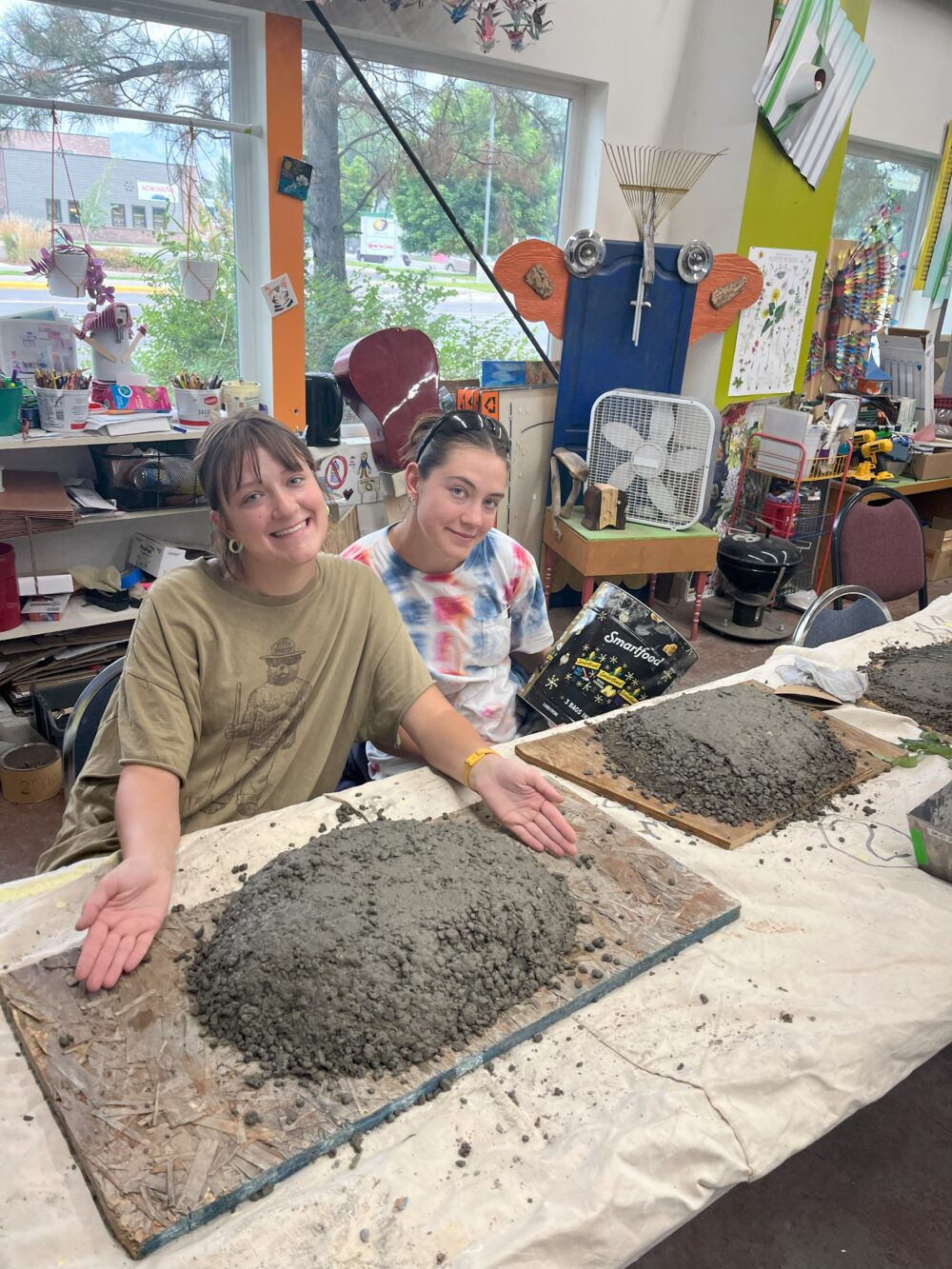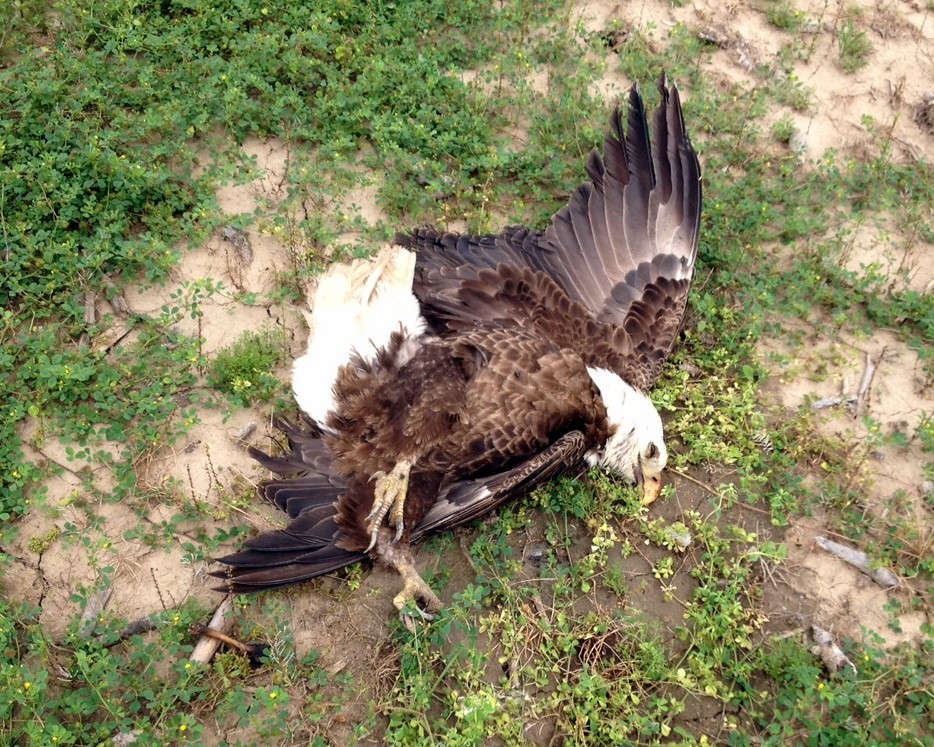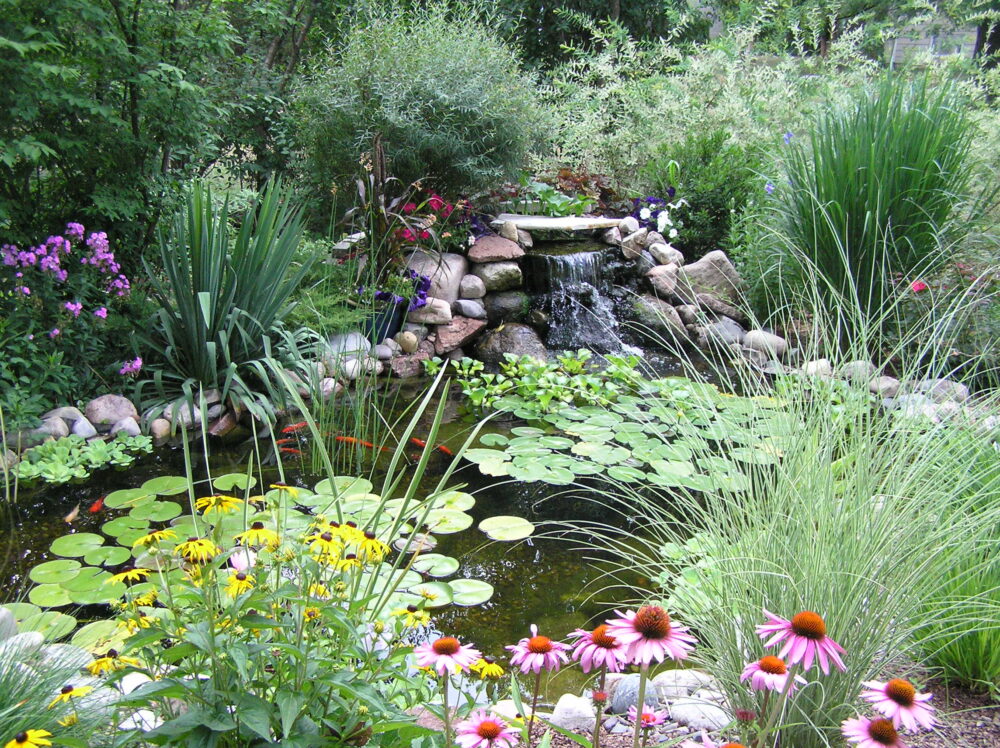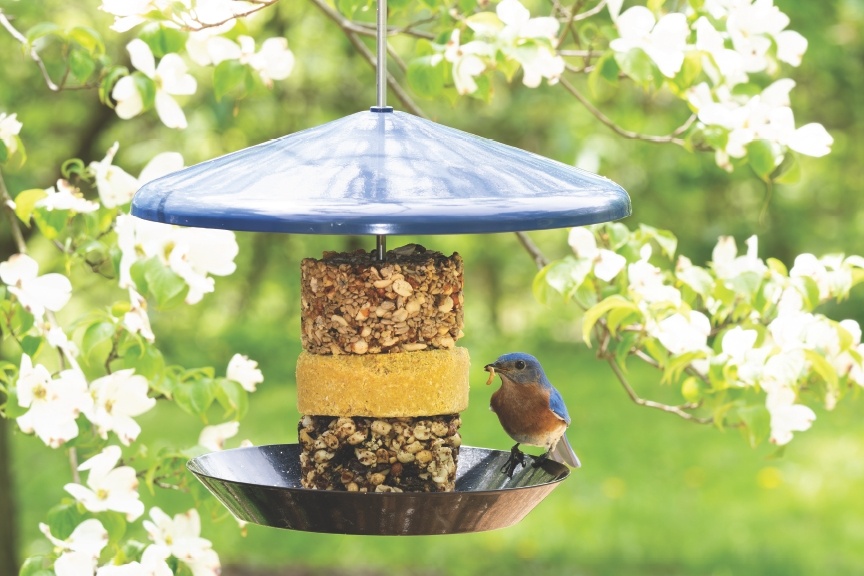We have much more to do and your continued support is needed now more than ever.
This Week in NWF History: Creating Wildlife Habitat in Your Yard
Since 1936, the National Wildlife Federation has worked to conserve the nation’s wildlife and wild places. As part of our 80th anniversary celebration, we are recognizing important moments in our history that continue to make an impact today.
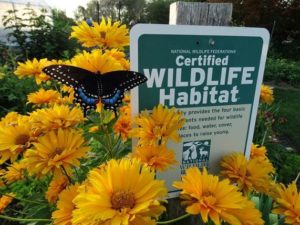
When people create wildlife-friendly gardens or landscapes, the National Wildlife Federation will recognize them as Certified Wildlife Habitats. Each Certified Wildlife Habitat has the five essentials for a wildlife-friendly garden: food, water, cover, a place for wildlife to raise their young, and sustainable gardening. Whether you have an apartment balcony, a 20-acre farm, or an average suburban yard, you can create a garden that attracts beautiful wildlife and helps restore habitat in commercial and residential areas.
Since its start over 40 years ago, the Garden for Wildlife program has certified close to 200,000 gardens throughout the United States with a majority of these being in home yards. The program has also expanded to include certifying schoolyards, places of worship, farms, and even entire communities or cities!
[youtube]https://youtu.be/3EDAa1bScPM[/youtube]
Some sustainable gardening tips to get started:
- Use plants native to your area in your garden. Because they are indigenous to a specific region, native plants usually require less maintenance and are welcomed by wildlife, serving an important role in the local ecosystem.
- Make your own fertilizer. You can create your own nutrient-rich soil supplement by turning food wastes you would otherwise throw in the trash into compost for your garden.
- Eliminate pesticides in your garden. Instead, you can should try to select and maintain pest-resistant plants adapted to your area and learn to recognize and care for natural pest controls, such as ladybird beetles, beneficial wasps, birds, toads, and many others.
- Conserve water by planting natives and drought tolerant plants and reducing your lawn space. You can mulch planting beds with newspaper, leaves, bark, or wood chips. Mulching helps retain soil moisture and improve soil quality.
- Find more tips on NWF’s Garden for Wildlife website.
You can also attract local wildlife by building or buying a bird house, bat house, toad abode or other wildlife-friendly product from the Garden for Wildlife gift guide. Additionally, those that certify their habitat within the next year will help contribute to the Million Pollinator Garden Challenge.
Certify Now Have the necessary components for a wildlife-friendly garden? Then certify your yard today!

